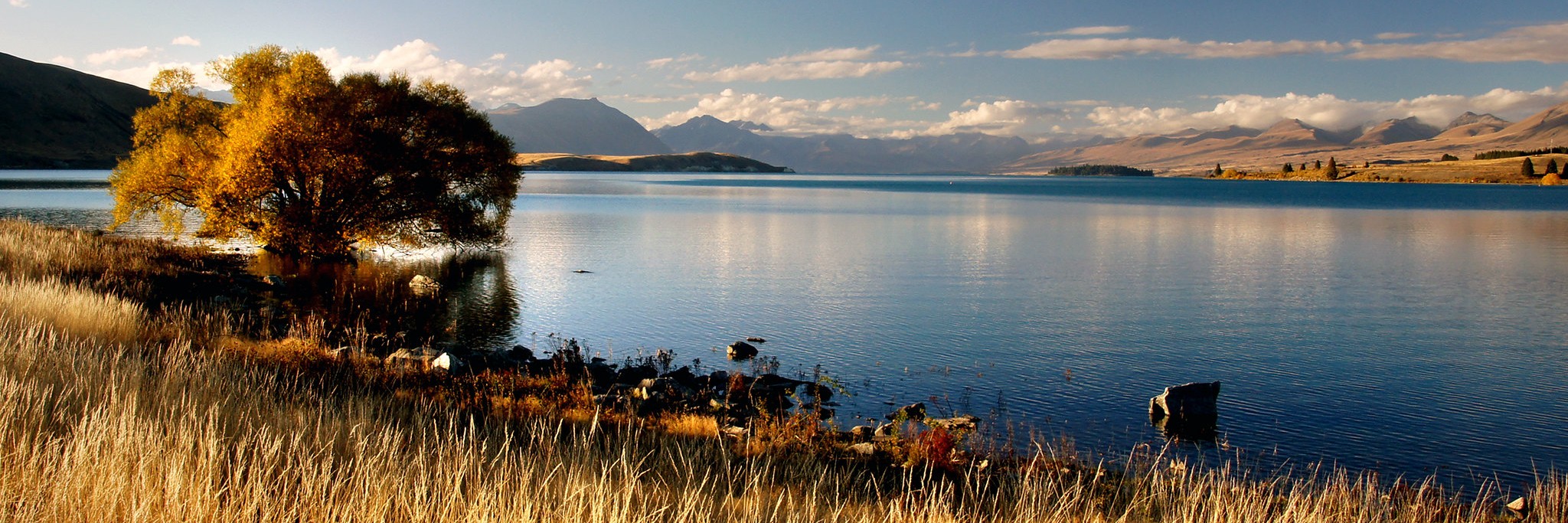Bad behaviour: a small minority, but a significant impact
Most people are well behaved in the outdoors, but a small minority are not, whether through ignorance or a lack of caring about how their behaviour impacts others.
Our waters are pristine here, but at risk with tourists bringing giardia etc., s***ing in waters, dumping campervan buckets. There has to be other ways to stop this.
Landholder, Mackenzie District
A dual focus on systemic and individual solutions is needed to minimise the impact of this. Better infrastructure is part of a systemic solution — the availability of rubbish bins and bathrooms makes it less likely that people will litter or toilet on or near tracks and trails, for example.
Equally, improved signage is often needed to educate those about what is and isn’t appropriate. In many areas, this signage will need to be multi-lingual to accommodate
international tourists who don’t speak English — local data will dictate which languages are best in which areas.
There’s a need for not only signage on where to go, but also on how to behave — multilingual too — if we’re going to try to fix this problem.
Landholder, Mackenzie District
Behaviour change through education is another route than can have an effect here. Suggestions from interviewees included a booklet that could be given to all overseas arrivals along with their customs forms when they fly in, to brochures in i-Sites and at tourist accommodation, to digital information that could be distributed through the same places tourists look for where to go (e.g. the Department of Conservation website, TripAdvisor, etc.)
Domestic tourists also need education around behaviour. There was a feeling that New Zealand’s population is becoming increasingly stratified between urban and rural, and many city-dwellers are no longer having the same farm or back country tramping experiences that their counterparts had decades ago.
You get a lot of scary stories about people getting trapped in the news. In the 1970s people would join a tramping club straight out of school, now they join in 40s or 50s after kids.
— Tramping club President, Otago
Education for primary and secondary school-aged children was seen as key by many of the people spoken to. By reaching children, you can have an impact that goes through their whole lives, and you can also reach their parents at the same time. The Walking Access Commission’s Both Sides of the Fence digital education resource was seen as one way of doing this.
The Otago Tramping and Mountaineering Club also runs a bushcraft course each year that runs over a few months and teaches basic skills you need to do multi-day tramping and cope with problems that might come up. This was regarded positively by several people we talked to, who thought it could be a model for other tramping clubs to take up in different parts of the country.
The increase in numbers, while posing some behavioural problems, can also help to
solve others — people are much less likely to misbehave if everyone around them is behaving well, and so expectations are easier to set on busy tracks than places where visitors can expect to be alone.
If people go somewhere on their own, they’re much more likely to break the rules / cut the fence etc, but increasing popularity helps improve behaviour through peer pressure.
— Department of Conservation staff

